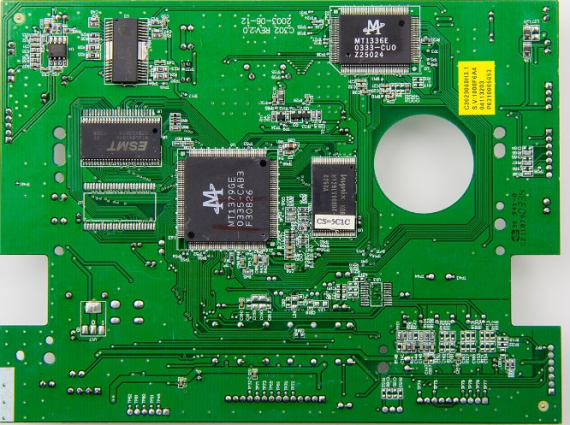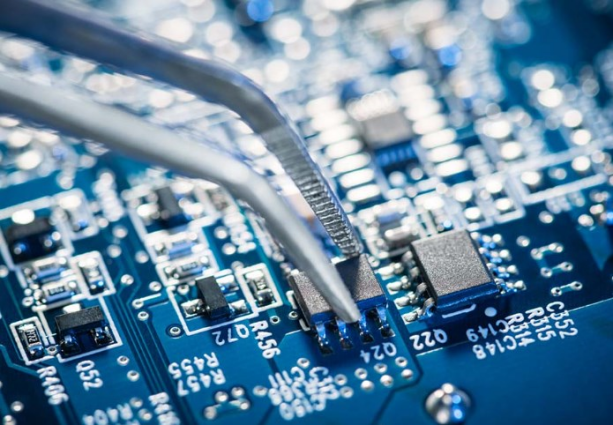OUTLINE:
Why Are Circuit Boards Green? 3 Reasons You Should Know
 261
261Circuit boards, those intricate and fascinating components of electronic devices, are most often found sporting a vibrant green color.
But have you ever stopped to wonder, why are circuit boards green? In this article, we will look at the reasons for green circuit board together.

Why Are Circuit Boards Green?
While it may appear that the green is an inherent property of circuit boards, it is actually due to a layer known as the solder mask. This protective coating protects the delicate copper circuitry from damage caused by the environment and accidental solder bridges.
Green has traditionally been the most commonly used solder mask pigment, owing to several key factors:
Reduced Eye Strain: Green is considered less taxing on the eyes compared to other brighter colors, particularly during long periods of inspection and assembly. This is especially important for technicians who spend their days scrutinizing and working with circuit boards.
Improved Visibility: The green shade offers a good contrast with the copper traces and other components on the board, making it easier to identify defects and ensure proper assembly.
Cost-Effectiveness: Traditionally, green pigments have been relatively inexpensive and readily available, making them a practical choice for manufacturers.
What Are Green Circuit Boards Made of
While the color is attributed to the solder mask, it's important to understand the construction of a circuit board:
Fiberglass Core: This serves as the rigid base, providing structure and support to the circuit.
Copper Traces: These thin, conductive pathways carry electrical signals across the board.
Solder Mask: This protective coating, usually green, shields the copper traces and prevents short circuits.
Components: These include transistors, resistors, capacitors, and other electronic elements mounted on the board and connected to the copper traces.
Disadvantageds of Green PCBs
One disadvantage is that they may cost slightly more than boards of other colors due to higher demand. Moreover, the manufacturing process for green PCBs can take longer compared to other colors because of the specific etching process required. This can impact production timelines and potentially increase costs.
Another potential issue with green PCBs is related to the solder mask. If not applied correctly, the solder mask can smear or leave residue on the board's surface, affecting its appearance and functionality over time.Does the Color of a Circuit Board Matter
In general, the color of a circuit board does not affect its functionality or performance. The color is primarily a cosmetic and practical consideration.
However, it is essential to ensure proper contrast between the solder mask and silkscreen printing to maintain readability and ease of use during assembly, testing, and maintenance.
Reasons for Different Colors of Circuit Boards
While green is the most common color for circuit boards, they can be found in different colors such as blue, red, black, and more. The choice of color often depends on factors such as aesthetics, branding, and specific requirements of the application or industry. For example, blue circuit boards are sometimes preferred for high-visibility or military-grade applications.

Buy Circuit Board at Chipsmall
If you are in need of circuit boards, Chipsmall offers a wide range of options to meet your requirements. Visit our website and explore our selection of circuit boards available for purchase.

Conclusion
While the iconic green dominates the circuit board world, the reasons for this go beyond mere aesthetics. It is the result of a combination of practical considerations for eye strain, visibility, and cost. However, as technology advances and design preferences evolve, we can expect to see a wider range of colors emerge in the future. Although the green circuit board will likely remain dominant, the colorful future of circuit boards promises exciting possibilities.

Disclaimer: The views and opinions expressed by individual authors or forum participants on this website do not represent the views and opinions of Chipsmall, nor do they represent Chipsmall's official policy.

share this blog to:

